
Subhead
Citrus Varieties to Try at Home
I have had 3 Meyer Lemon Trees and 1 Striped Pink Lemon Tree (outside skin looks like watermelon). My oldest Meyer Lemon Tree is at least 30 years old. I smelled my first Meyer Lemon Tree while walking thru my local NJ greenhouse and followed my nose to find it. I really did not care about the lemons but loved that fabulous scent. I bring my trees inside before any frost and place them near a sunny window. The trees love the outside and thrive. Place them in a shaded area for about a week and then bring them out to get the sun. I always spray my trees with an insecticide that is safe for fruit trees. Leaves do fall off and start regrowing once they are outside. There are also fruit tree fertilizers available. Oh, and the lemons are huge and very juicy. Want bigger lemons ... remove some of the lemons growing next to them. If you get a patch of 3 lemons on 1 branch, remove 1.
I have an ornamental orange tree ( don't know the variety but the fruit is very tart but the skins are very sweet) that my late husband brought back from the airport in Florida when I was 17(it was a twig). I am now 68, you do the math. It has gone through three moves and done well over the years. It lives outside in the summer and is in a south facing window in the winter. A lot of the leaves fall off in the winter but it usually comes back with a vengeance in the summer. I have been battling mealy bugs for the past two or three years. This year is the worst. I'm not sure it will make it through the winter. I have used everything on it I can think of, alcohol, neem oil, dursban; it lessens the bugs for awhile but comes back double. If it makes it through the winter I will take it out of the pot, rinse the roots with neem oil and repot it with new soil. I hope it lives because it is very sentimental to me.
I think mealybugs are soil-borne (actually, "born"), not necessarily that they come in contaminated soil, tho I guess they could, but that the *adults lay eggs in the soil* the plant is potted in, and they just crawl right up onto the plant.
BENEFICIAL NEMATODES could eliminate those eggs in the soil, before they have the chance to hatch, ending the cycle. The beneficial nematodes are microscopic, and are watered in, and immediately go searching for bad guys! They're delicate and must be applied right away, or can be kept refrigerated for a month or two. There are different types for different applications: termites, grub worms, gnats, Japanese beetles, etc. I forget the company I read about online but they aren't hard to find. I recommend giving them a try, and Good Luck with your lemon tree!
If you feel brave, i suggest releasing lady bugs they will destroy all of them and then treat the soil and that should help your problem. Just be careful because ladybugs when not eating bugs are looking for a way outside so theyll run away
Ok..here goes! My Meyer Lemon seemed to do well in the heated (and AC) greenhouse. NOPE! In summer aphids attacked leaves and flowers. In winter…it “just existed.” Last spring the tree lost ALL its leaves! I moved it outside in an area that would receive sun and late afternoon shade. THRIVED! Big, luscious green leaves! But I couldn’t leave it there this winter fearing snow and 20’s temperatures may kill it. Moved it to the front porch..south-facing. Still gets into 20’s and teens but row covering helps. It’s doing fine…no leaves lost, freezing temps didn’t destroy it! Think I will leave it there from now on..see what happens. These trees are hardier than you think!
I hope someone reads this post. What type of pot do you use for a dwarf Meyer Lemon? Second to that, will it survive outside if it's covered in burlap when the weather reaches the 30's?
I grew a grapefruit from seed many years ago, kept it in sunny common areas at work. Yes, it was bombarded with spider mites one year, a gardening friend brought in a chemical for me that worked (don't think it was neem, it was something scarier). Although it thrived, it did not bloom as this was not a natural environment for it.
It had vicious thorns, which I see one poster complained about on their Meyer, too. Are thorns common to all citrus? or are any of these mini citrus plants thornless?
I grew a Meyer Lemon tree. After three or four years, I found it such a hassle to rid it of the spider mites that seemed to come out of nowhere, that I decided to rehome it. It grew quite large (which was another deciding factor in giving it a new home) and had so many large thorns. One year, I even tried cutting it down so far, it looked like it was dead. That took care of the spider mites for that year!
We did purchase two dwarfs…Improved Meyer Lemon and Clementine Mandarin Orange. In spring they flowered and stsrted to produce fruit. Then attscked by spider mites and aphids. No fruit. Then almost all leaves dropped. By summer this year they both sprung new leaves and are beautiful. We will see what happens come spring 2022. Figured transplant shock but who knows. I stopped spritzing with water because it encouraged aphids and mites. Neem oil and food grade DE helped deter pests. Both are in my greenhouse so it gets very humid and warm in Spring, Summer and fall, and I heat the greenhouse in winter.
UPDATE: I wound up moving the Meyer Lemon outdoors from the greenhouse after every leaf dropped! The move was amazing! The tree burst out beautiful, luscious green leaves and new branch growth! No fruit or flowers but I don’t care at this point! Now it’s November 2022 and I moved it from north facing to south facing on our front porch. It’s doing beautifully! I use row cover to cover it at night because our temps drop into the 20’s and 30’s and we already had our 1st snowfall in October. The tree is happy! Will keep you posted!
- « Previous
- 1
- 2
- …
- 10
- Next »

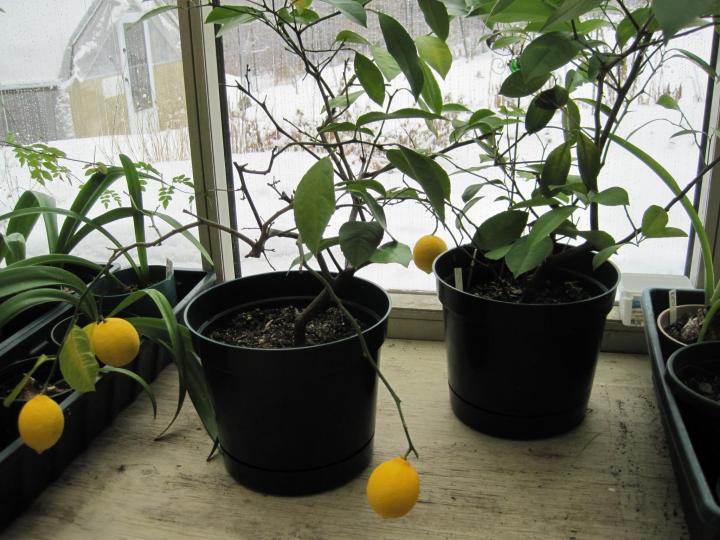
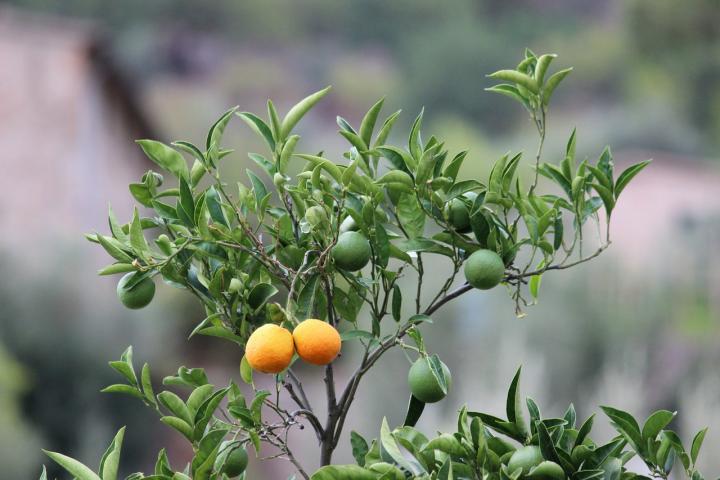
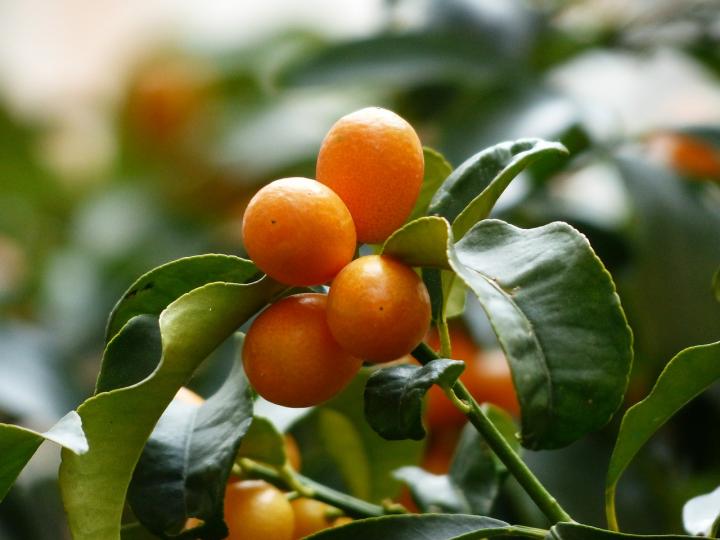
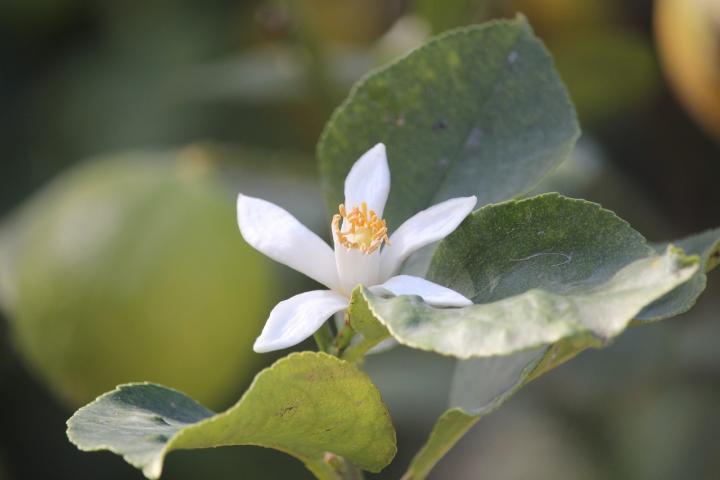
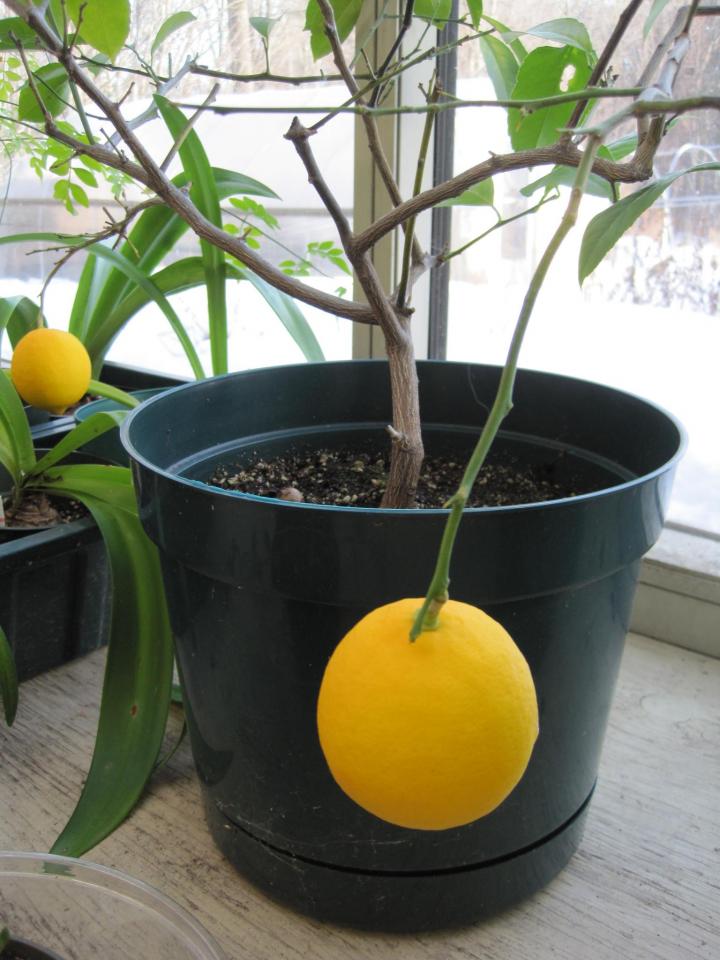
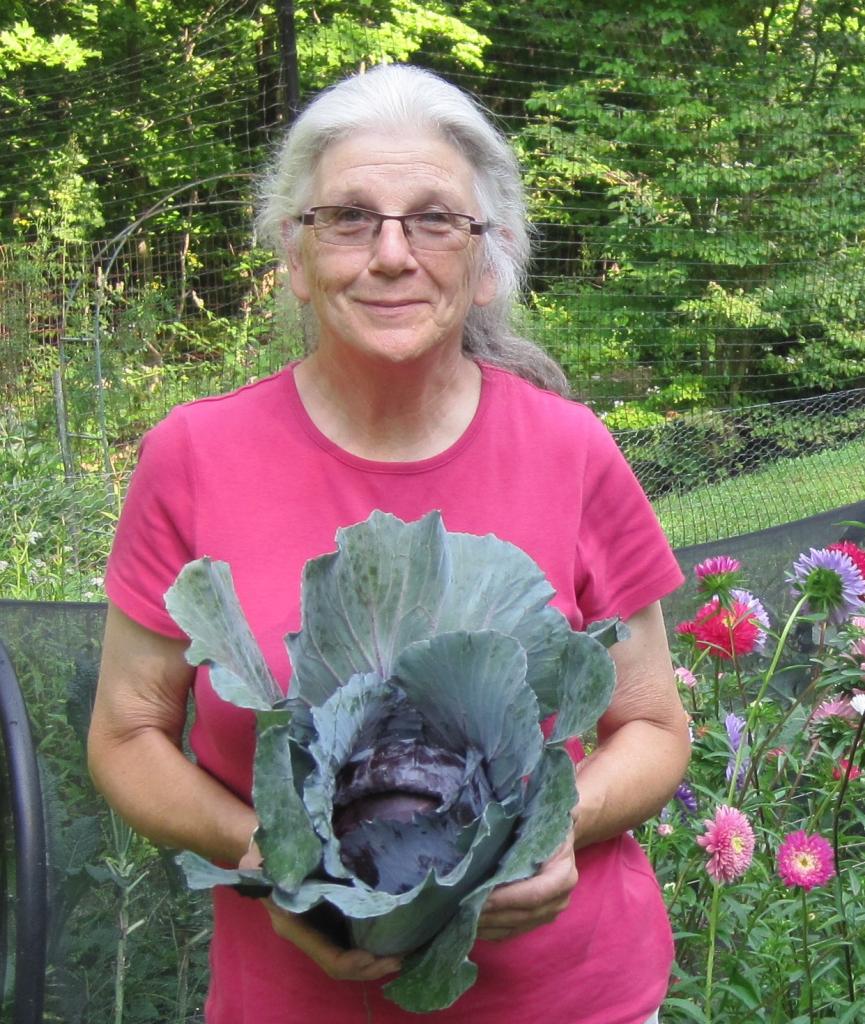







Comments